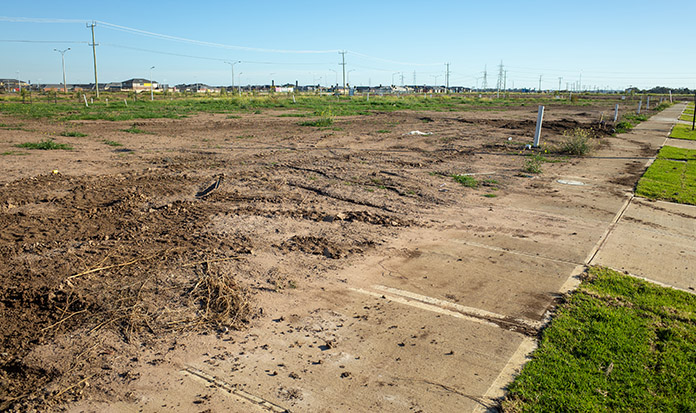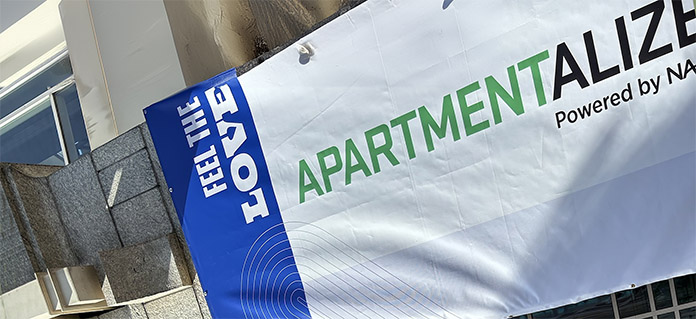As events unfold, Ewell decides not to take that hill. After all, Lee’s statement was a bit ambiguous, giving the commander an out if he opted not to take the hill. Lee’s famous order: “Take that hill, if practicable.”
Historians have said it almost surely was.
Commanders on the scene said, “Come on, boss, let’s take that hill.” The failure to take that hill led directly to Pickett’s charge two days later, which is what ends Lee’s campaign and marks the beginning of the end of the Confederacy.
Ewell, after the war will say, “There were some serious mistakes made at Gettysburg, and I made my share.”
We challenge managers and leaders to stand where Richard Ewell stood, to recreate that moment, because his indecision was of great historical consequence. One historian, in fact, described it this
way: “In the moments when Richard Ewell just stood there, some of the most consequential seconds in American history were ticking off. And he did nothing.”
It is a reminder to be savvy, to make certain you have a “bias for action.” That is, if there’s a moment when decisions should be made, be ready to make them. Don’t shoot from the hip, but if it’s a moment where your leadership is on the line — it is a learned skill, set out to learn it.
This point, for me, is driven home every time I stand where Richard Ewell stood. It is a reminder: Many decisions are inconsequential, some are monumental.
Author: Michael Useem, author of the book, The Go Point: Knowing when it’s time to decide















